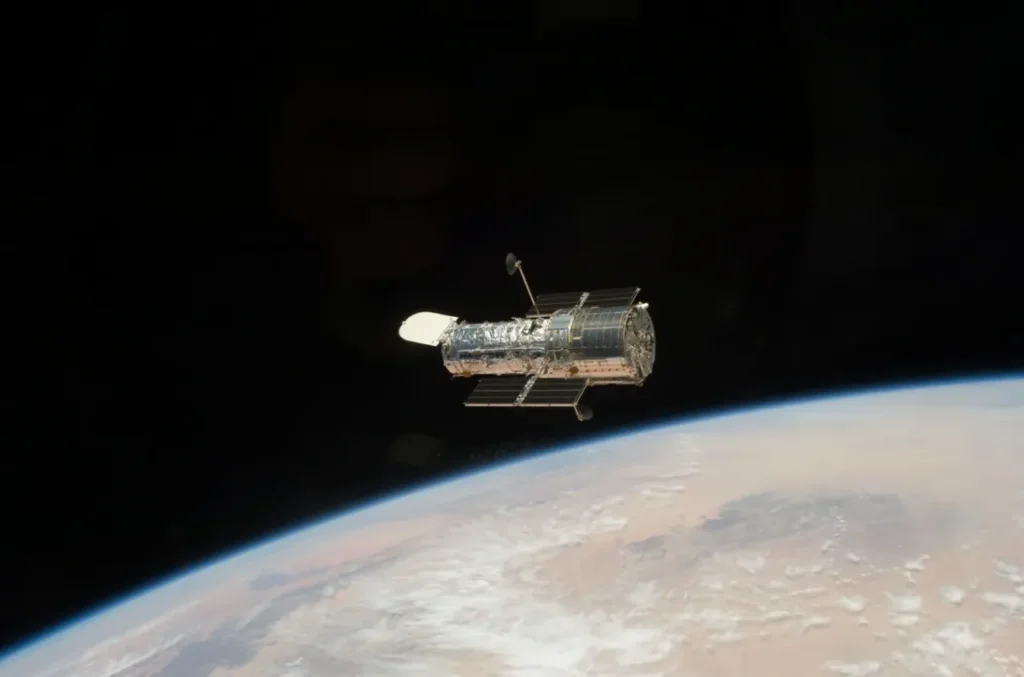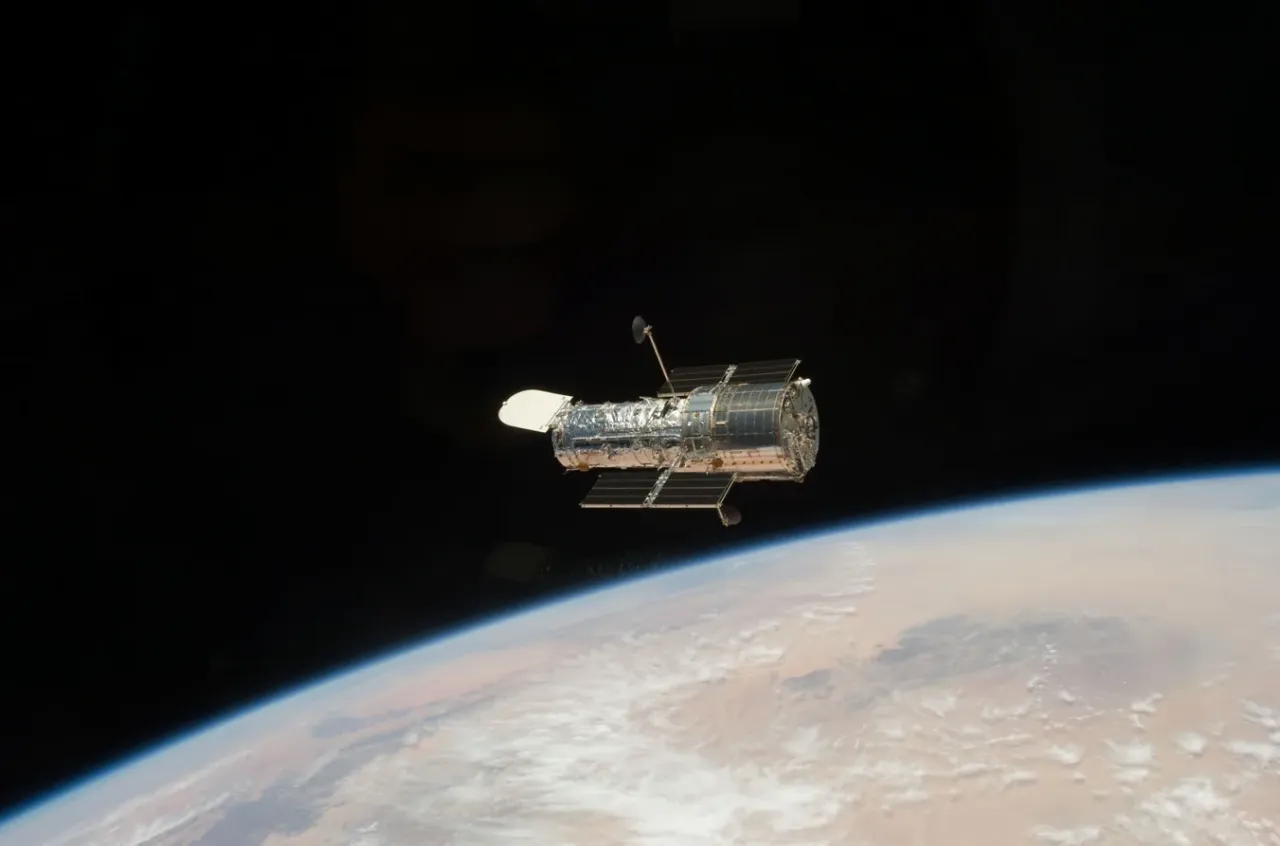Hubble Space Telescope, NASA, gyroscope malfunction, safe mode, space research, astronomical observations, James Webb Space Telescope, space technology, Hubble repair, scientific discoveries
NASA’s Hubble Space Telescope has temporarily paused its scientific operations due to a gyroscope malfunction, entering safe mode on April 23. Discover the details of the issue, the efforts to resume operations, and the anticipated impact on future astronomical research alongside the James Webb Space Telescope.

Introduction
For over three decades, the Hubble Space Telescope has served as a window to the cosmos, providing invaluable insights into the universe’s most profound mysteries. However, even the most advanced scientific instruments are not immune to technical challenges. Recently, NASA announced that the Hubble Space Telescope entered safe mode on April 23, due to a malfunctioning gyroscope, pausing its scientific explorations momentarily. This article delves into the details of the current issue, the steps being taken to address it, and the implications for the future of space-based astronomical observations.
The Heart of the Matter: Gyroscope Malfunction
The gyroscope (gyro) is a critical component of the Hubble Space Telescope. It measures the telescope’s turn rates, which are essential for determining the direction in which the telescope is pointed. On April 23, one of Hubble’s three gyros started transmitting faulty readings, prompting the telescope to automatically enter safe mode. This safety mechanism suspends science operations and maintains the telescope’s stability while awaiting further instructions from ground control.
This is not the first instance of this particular gyro causing issues. A similar situation occurred in November, when the same gyro sent erroneous readings, leading to another period of safe mode. These recurring problems highlight the challenges of maintaining older space technology, even with regular updates and maintenance.
Technical Response and Solutions
NASA’s team is actively engaged in diagnosing the issue and formulating potential solutions to bring Hubble back to operational status. One approach being considered is to re-configure the spacecraft to operate with only one gyro if necessary, keeping the other functioning gyro in reserve. This strategy was developed following the installation of six new gyros during Hubble’s fifth and final servicing mission aboard the space shuttle in 2009. Currently, three of these gyros remain operational, including the one experiencing fluctuations.
Implications for Scientific Research
The temporary suspension of scientific activities on the Hubble Space Telescope affects numerous ongoing research projects. Hubble’s unique capability to capture high-resolution images of distant galaxies, nebulae, and other astronomical phenomena makes it an invaluable asset to the global scientific community. Any downtime, therefore, results in delays and potential gaps in long-term astronomical studies.
Collaboration with Other Observatories
Despite these challenges, NASA remains optimistic about Hubble’s role in future astronomical discoveries. The agency expects the telescope to work in tandem with other observatories, including the newly launched James Webb Space Telescope (JWST). This collaboration is anticipated to enhance our understanding of the universe, as each telescope brings different capabilities and focuses to the table, thereby providing a more comprehensive view of space phenomena.
Hubble’s Legacy and Future Prospects
Since its launch in 1990, Hubble has revolutionized our understanding of the universe. As it recently celebrated its 34th anniversary, it’s important to recognize the telescope’s contributions to science, from confirming the presence of supermassive black holes to observing the accelerating expansion of the universe. Looking ahead, NASA hopes that Hubble will continue to function effectively into the next decade, making further groundbreaking discoveries that can be enhanced by newer technologies like the JWST.
Conclusion
The Hubble Space Telescope’s current gyroscope issue is a reminder of the challenges inherent in maintaining and operating aging space instruments. However, the steps taken by NASA to address these issues reflect the agency’s commitment to preserving this crucial scientific tool. As engineers work towards solutions, the astronomical community eagerly anticipates the resumption of Hubble’s scientific operations, hopeful for the future contributions it will continue to make to our understanding of the cosmos.
In this era of rapid technological advancement, the perseverance in maintaining and optimizing older instruments like Hubble alongside newer projects like the JWST shows a comprehensive approach to astronomical research, ensuring that the legacy of space exploration continues to expand our cosmic horizons.
Read More-
